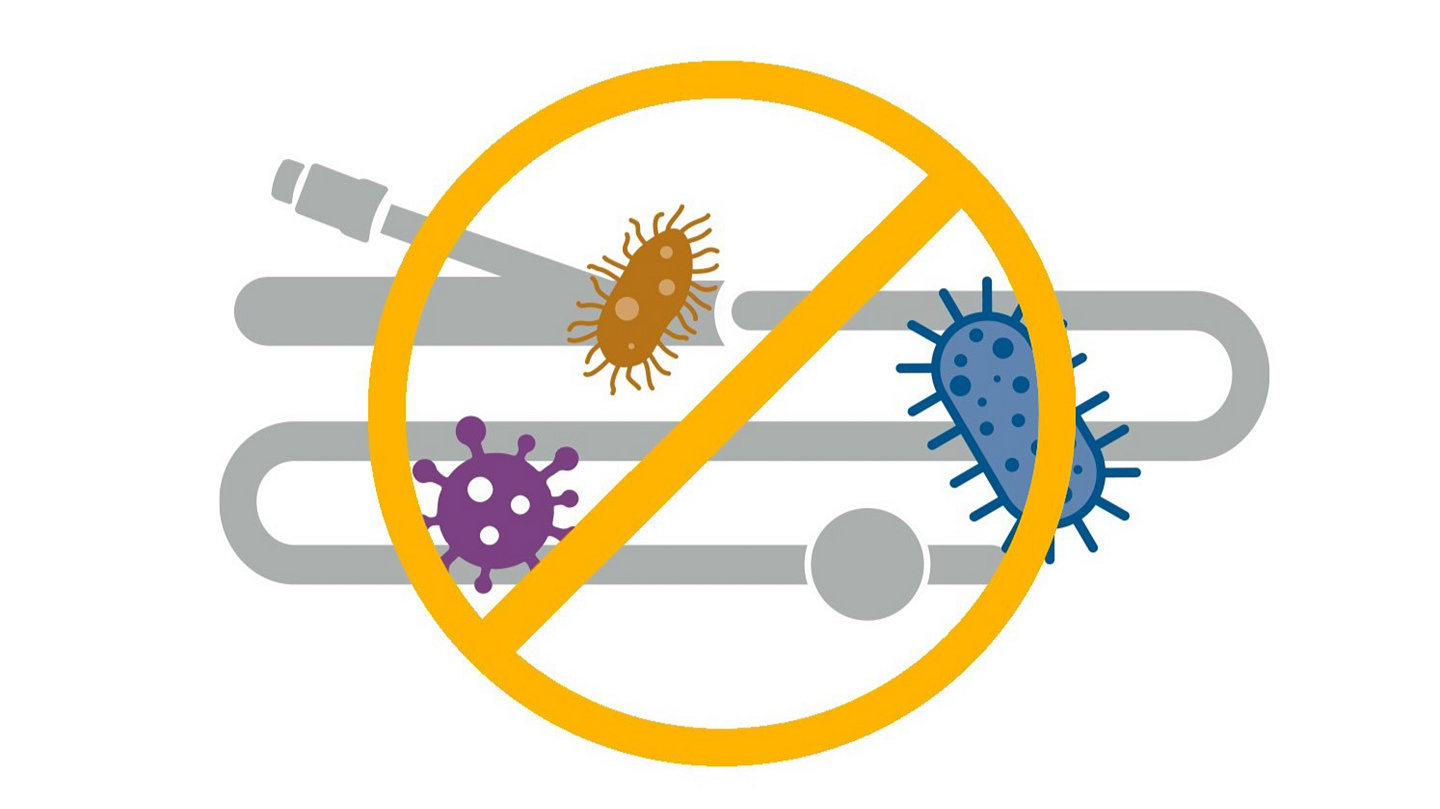Infection is a critical healthcare issue
Hospital-acquired conditions (HACs) are a major threat to patient safety and catheter-associated urinary tract infections (CAUTIs) are the most reported HAC. Each year more than 30 million Foley catheters are inserted.2 Approximately 75% of hospital-acquired UTIs are associated with an indwelling urinary catheter.1 The prevention of these infections is a top priority for healthcare institutions. To address this issue, hospitals are implementing rigorous protocols for catheter care, including timely removal and appropriate usage, as well as investing in external alternative devices and staff training. Proactive measures like these are vital in reducing the incidence of CAUTIs and improving overall patient safety.
Approximately
75%
of hosptial-acquired UTIs are associated with an indwelling urinary catheter1
449,334
CAUTIs per year3
$340-450M
U.S. healthcare costs4
3-7%
increase of infection risk for every day a catheter remains in place5
No catheter. No CAUTI.
Address the #1 CAUTI risk factor and standardize external urine management at your hospital with PrimoFit+ and PrimaFit.1 Our devices help your patients with male or female anatomy transition from indwelling catheters to independent continence. Both devices provide a customizable fit that stays in place and diverts urine away from the skin to keep your patients comfortable.
✓ Fits
✓ Stays
✓ Performs
PrimoFit+ External Urine Management for the Male Anatomy
Customizable fit eliminates the need for sizing charts
Stays in place with adhesive pad and base adhesive
Can be left in place for up to 24 hours
PrimaFit External Urine Management for the Female Anatomy
Contours to patient anatomy and maintains shape
Gentle adhesive pad keeps the device in place
Can be left in place for 12-24 hours
Professional guidelines
CDC Guidelines for Prevention of CAUTI, 2009
I.A.1 – “Minimize urinary catheter use and duration of use in all patients, particularly those at higher risk for CAUTI or mortality from catheterization such as women, the elderly, and patients with impaired immunity.”6
I.B.1 – “Consider using external catheters as an alternative to indwelling urethral catheters in cooperative male patients without urinary retention or bladder outlet obstruction.”6
IDSA, 2009
A-I, A-II - “Indwelling catheters should be removed as soon as they are no longer required to reduce the risk of CA-bacteriuria and CAUTI."7
Interested in learning more? Connect with an expert.
Track your ROI
CustomerOne is a unique program that provides customized measurement and analysis of compliance and performance. The results can be presented to leadership to demonstrate outcome improvement and return on investment. If you need it measured, CustomerOne can help.
Advance your education
Stryker’s learning platform, FocusRN, provides relevant, evidence-based content and course offerings developed in conjunction with a panel of clinical experts. Access our speaker programs, online learning, and CE modules at your convenience to advance your education.
Visit the Sage Newsroom
The Sage Newsroom is your source for industry news, clinical information, Sage product and business updates, inspiring stories, and more!
1. Centers for Disease Control and Prevention, Catheter-associated Urinary Tract Infections (CAUTIs). Available at: http://www.cdc.gov/hai/ca_uti/uti.html.
2. Trautner BW, Darouiche RO. Catheter-Associated Infections: Pathogenesis Affects Prevention, Arch Internal Medicine, 2004, April 26;164(8):842-850.
3. Meddings J, Rogers MAM, Krein SL, et al. Reducing unnecessary urinary catheter use and other strategies to prevent catheter-associated urinary tract infection: an integrative review, British Medical Journal Quality and Safety, 2014;23:277-289.
4. Agency for Healthcare Research and Quality (AHRQ), Toolkit for Reducing Catheter-Associated Urinary Tract Infections in Hospital Units: Implementation Guide, Rockville, MD, October 2015.
5. Lo E, Nicolle LE, Coffin SE, et al. Strategies to Prevent Catheter-Associated Urinary Tract Infections in Acute Care Hospitals: 2014 Update, Infection Control and Hospital Epidemiology, May 2014;35(5):464-479.
6. Gould CV, Umscheid CA, Agarwal RK, et al. Guideline for Prevention of Catheter-Associated Urinary Tract Infections 2009, Healthcare Infection Control Practices Advisory Committee (HICPAC).
7. Hooton TM, Bradley SF, Cardenas DD, et al. Diagnosis, Prevention, and Treatment of Catheter-Associated Urinary Tract Infection in Adults: 2009 International Clinical Practice Guidelines from the Infectious Diseases Society of America, Clinical Infectious Diseases, 2010;50:625-663.
SAGE-UM-SYK-862529_REV-1_en_us










